The need for cats to consume plenty of water cannot be emphasized enough.
Marginal chronic dehydration over a lifetime -
- Stresses the kidneys. Kidney failure is the most common cause of illness and death in cats.
- Creates an environment ripe for urinary tract and bladder issues, termed “Feline Lower Urinary Tract Disease” (FLUTD).
It is well known that our pet cats were originally desert animals. They rarely drank water and historically ate a fresh food diet of prey that had a 70% – 75% moisture content.
Our cats did not evolve a “thirst drive” similar to that in humans or dogs.
Yes, many cats drink water. But do they drink enough water?
How Much Water Is Enough?
According to the Nutrition Research Council's "Nutrient Requirements of Dogs and Cats", (on which AAFCO nutrient requirements are based), a cat can maintain a hydrated state as long as the moisture level of the food meets or exceeds 63%, as fed.
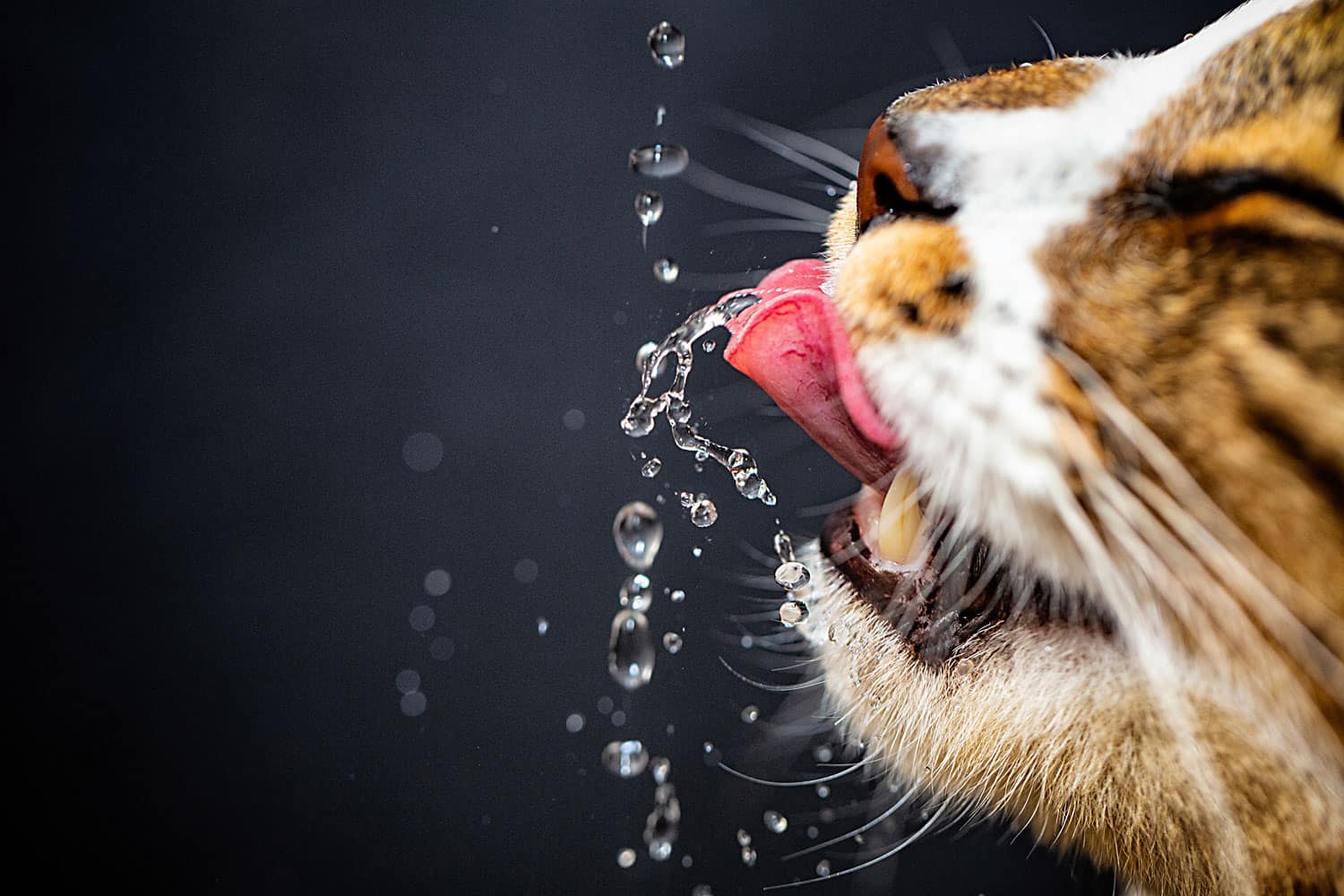
The moisture content of cat foods varies dramatically:
|
Moisture Content (as fed) |
|
| Dry Food |
6 – 10% |
| Canned Food |
65% - 75% |
| Raw Food |
70% - 75% |
If you are feeding canned or raw food with no dry food, your cat is consuming plenty of water.
All dry kibble-only diets create a state of chronic dehydration unless your cat consumes the required amount of water.
Generally speaking, to equal the amount of water a cat eating a canned-food only diet consumes, a cat eating dry food needs to consume one cup (8oz / 240ml) of water a day.
To maintain a minimum "adequate" level of hydration, kitty needs to drink more than half a cup daily.
SIGN UP FOR THECATSITE'S EMAIL UPDATES >
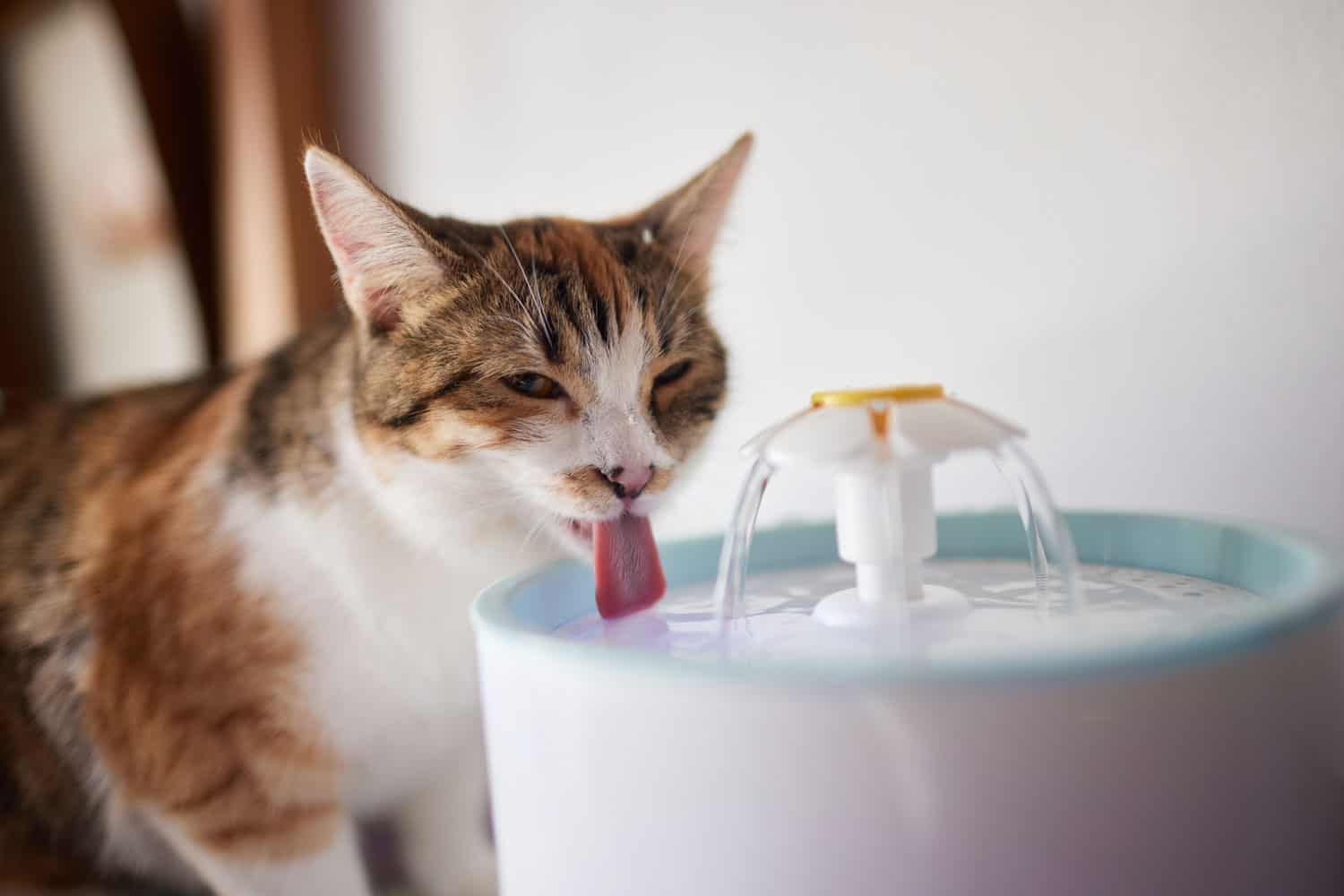
Tips to Increase Water Intake
Adjusting Your Cat's Diet
Whatever you are feeding your cat, add water to it. Because kibble may have issues with bacterial contaminants, do not leave water-soaked kibble out for more than half an hour.
In extremely hot environments, reduce the time to 10 or 15 minutes.
Using Timed Feeders
Use a timed feeder with a dish of water next to it. According to Broadway Veterinary Hospital & Laser Surgery Center, research has shown that the most successful way to get cats eating dry food only to consume more water is to feed them using an automatic timed feeder.
Set it so that it gives very small amounts of food on a regular, timed interval. Cats will come to the feeder in anticipation of the next meal once they learn the schedule.
Place a dish of water next to the timed feeder. As cats wait for the food to drop, they will drink some water. Many will frequently eat a few pieces of kibble, drink more water, and then eat more kibble, etc.
“When blood work is checked, these cats consistently maintain much more adequate hydration than any other method of feeding a dry only diet.”
Water Dish Recommendations
Clean water dishes at least daily. Cats are easily turned off by odors on the edge of the bowl and are very aware of the temperature and taste of water.
Use glass, ceramic, or stainless steel dishes. Some cats prefer shallow dishes (like a glass pie plate). Experiment – or better yet, offer several different types at all times.
Rather than provide one water dish, provide numerous small water dishes in diverse locations throughout your home, reducing your cat’s need to go out of her way to find the water.
Make sure the dish is filled to the brim. Cats have very sensitive whiskers and do not like putting their faces into a bowl.
Taste and Variety
Some cats do not like the taste of tap water, depending upon how it’s treated where you live. If you do not have filtered water at home, consider trying various bottled waters.
Provide your cat with moving water via a water fountain. Clean it at least weekly (assuming it has a filter. If not, clean it daily).
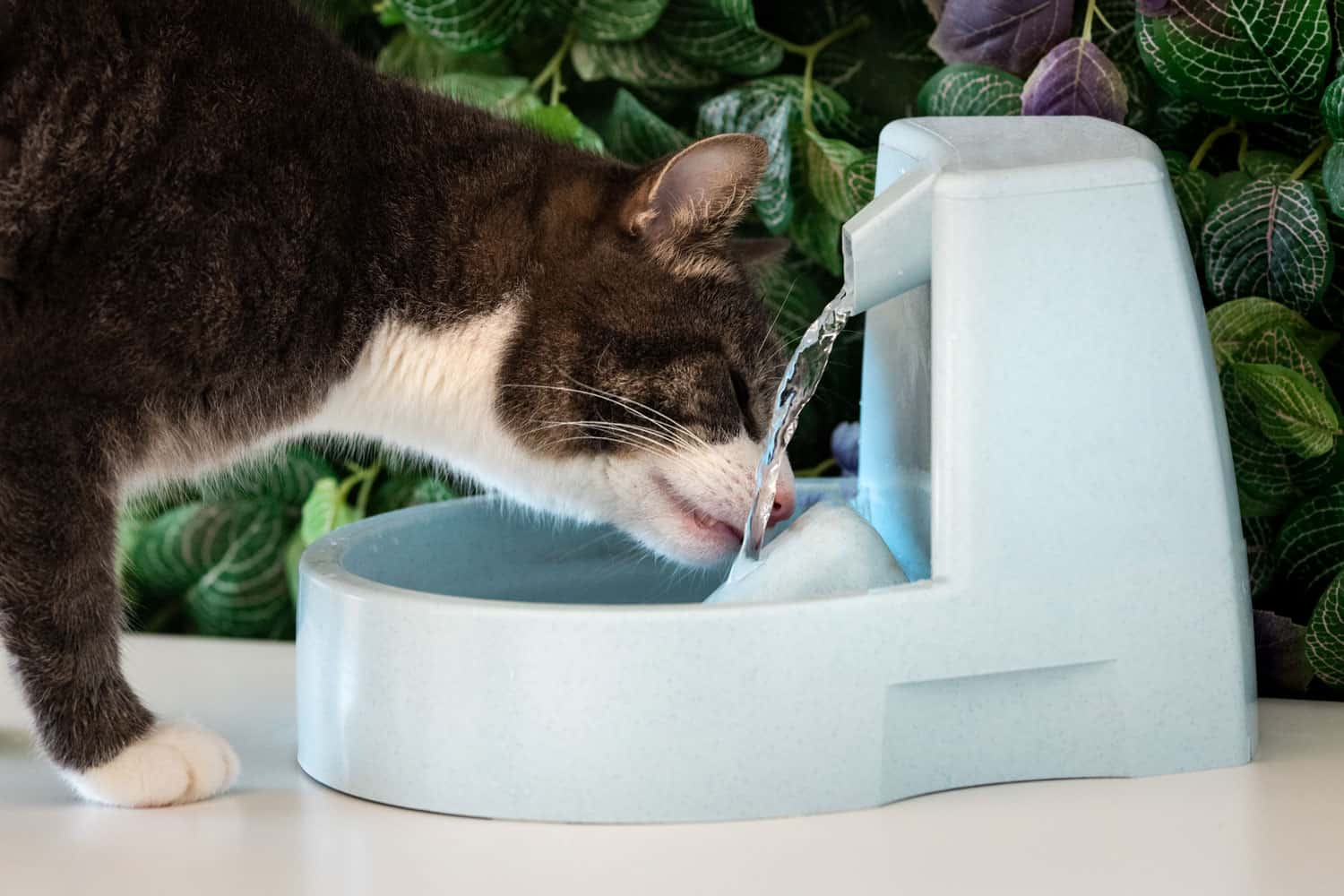
Some cats avoid the water dish because they have a difficult time seeing the water level. Add a ping pong ball or fishing bobble to float on the water surface.
If you feed only dry food, consider providing one or two canned food meals or snacks daily. You can add warm water to the food to increase water intake.
Most cats enjoy “baby food soup” as a treat. Mix a teaspoon of meat-only baby food with up to one-quarter cup of water. Warm water will enhance the flavor. (Baby food is not a balanced diet for a cat and should not exceed 10% of the total daily food intake).
Add a drop or two of tuna water or clam juice to the water dish. If you decide to try this, always make sure a separate bowl of plain, fresh water is available. (Tuna “juice” is the water in canned tuna packed in water. Clam juice is sold in most supermarkets).
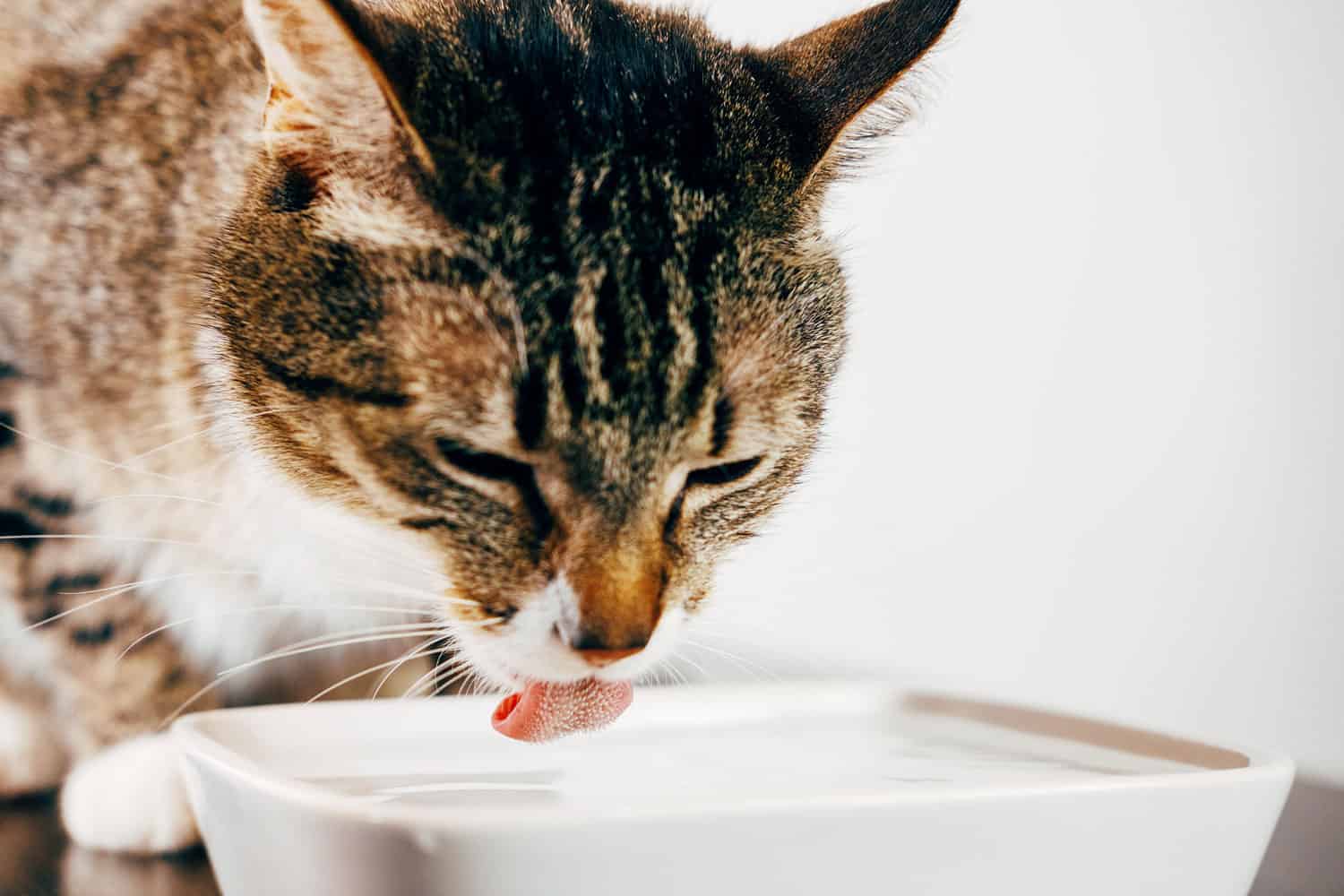
Creative Additions
Some cats enjoy ice cubes made from flavored broth. Bring the contents of a six ounce can of salmon or tuna, or a cup of ground meat to boil in 2 cups of water.
Simmer for 10 minutes. Strain through a cheese cloth into an ice cube tray. Freeze the liquid. Place an ice cube or two in your cat’s water dish.
SIGN UP FOR THECATSITE'S EMAIL UPDATES >
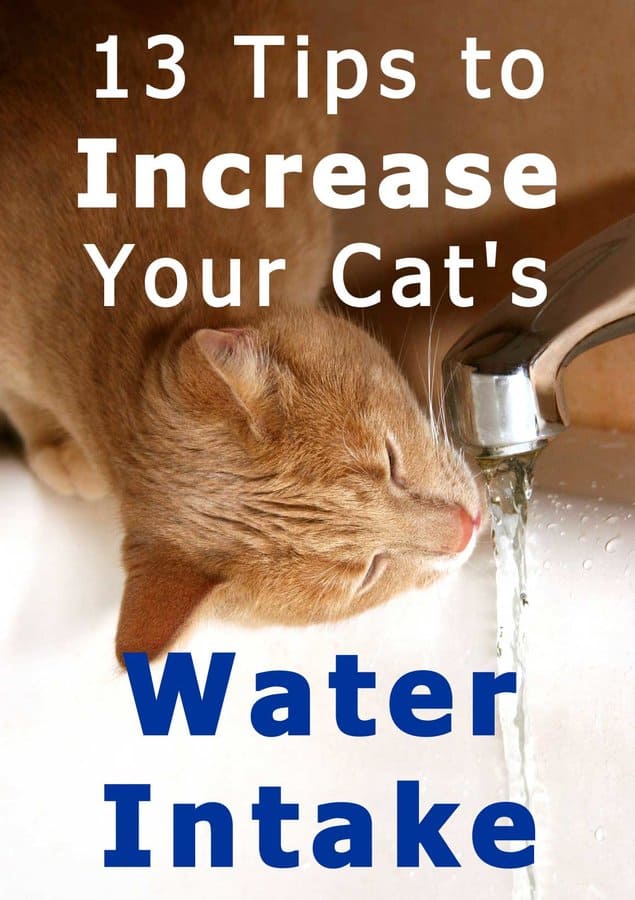
By Laurie Goldstein
Laurie Goldstein is a CFA Charterholder. In addition to her work as an equity analyst, she applies her research skill to all things cat, focusing on nutrition and advocacy for feral cat management via trap-neuter-return (TNR) and educational research on cat predation. Learn more about feral cats on her website http://www.StrayPetAdvocacy.org.
Comments? Leave them using the form below. Questions? Please use the cat forums for those!
Note: We may get commissions for purchases made through links on this page.

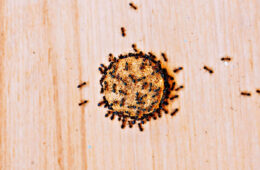
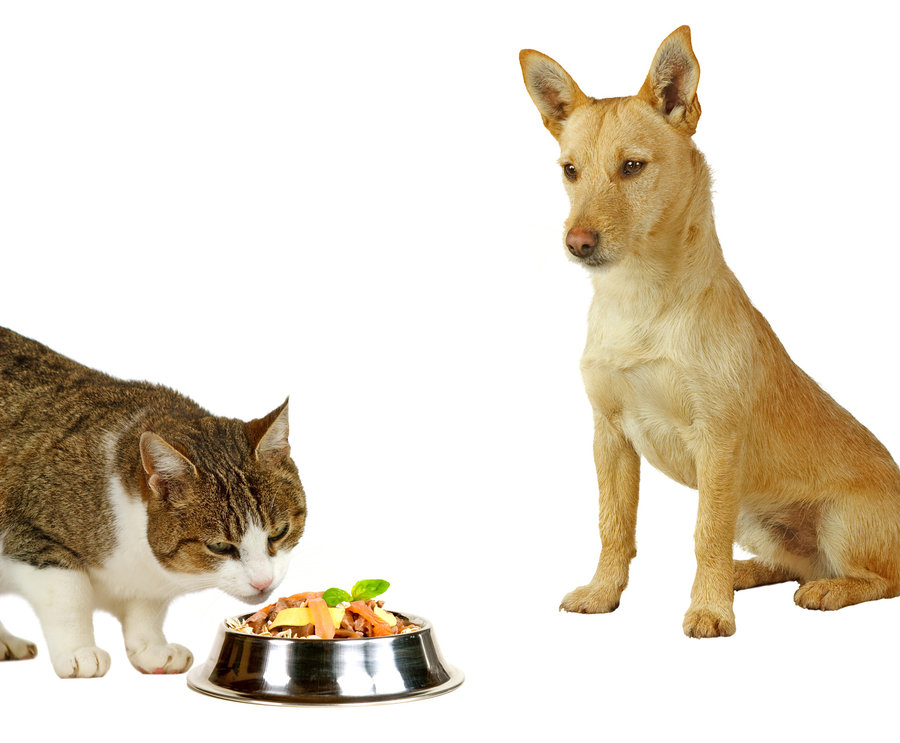
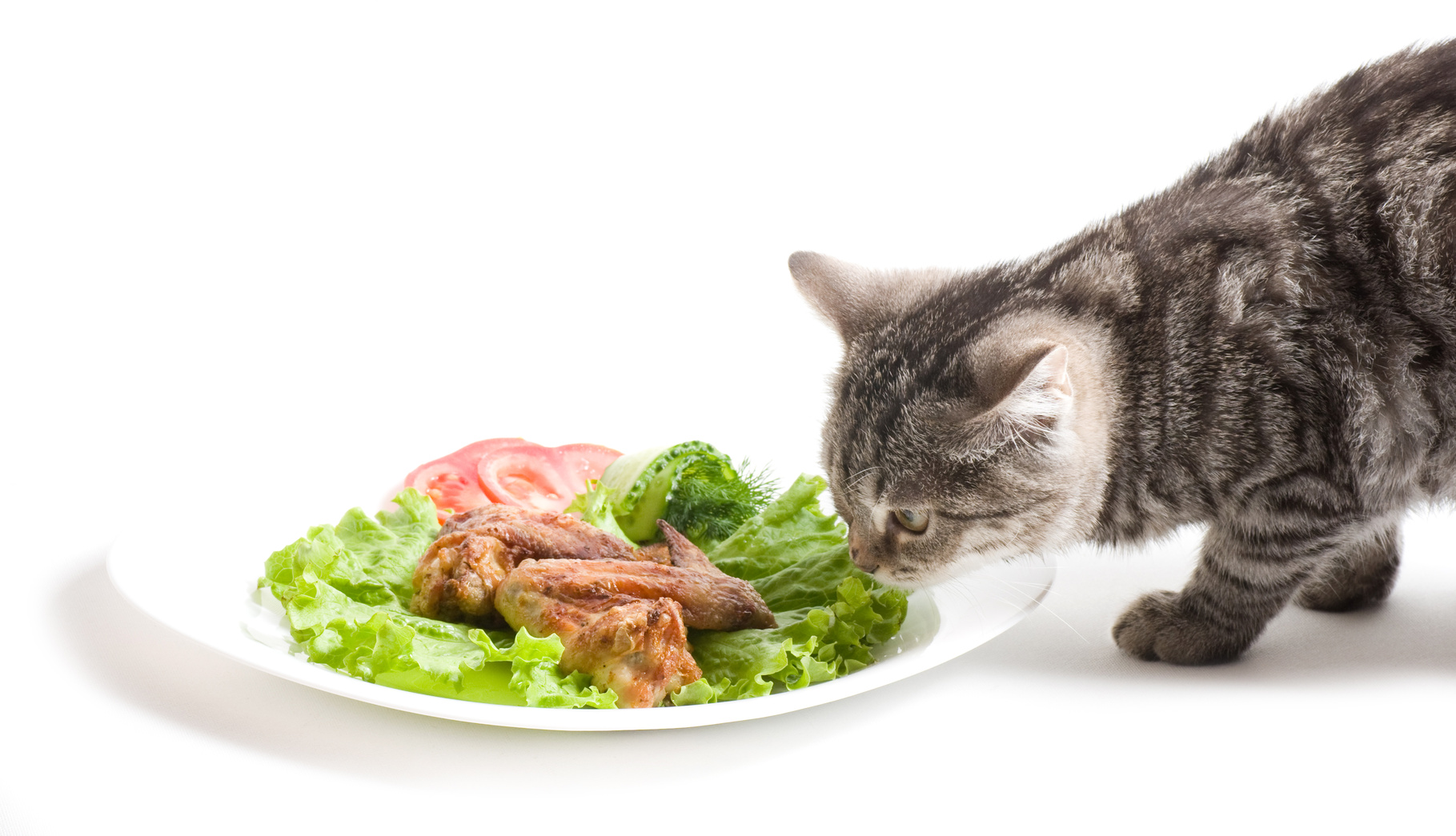
25 comments on “Tips To Increase Your Cat’s Water Intake”